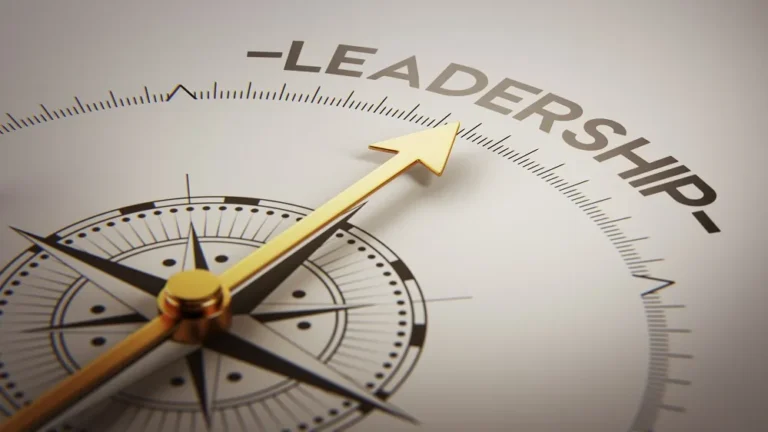Understanding team dynamics is crucial for leaders who aspire to build cohesive, high-performing teams. Drawing insights from the comprehensive eBook Understanding Team Dynamics: Leadership Skills, this article delves into the pivotal aspects of team development and the practical application of well-established models for fostering team cohesion and productivity.
The Essence of Team Dynamics
Team dynamics refer to the unconscious, psychological forces that influence the direction of a team’s behavior and performance. As outlined in the eBook, a well-functioning team shares a common understanding of its goals and collaborates to achieve them. Effective team management involves navigating through different stages of team development and leveraging group dynamics to enhance performance and resolve conflicts.
Bruce Tuckman’s Stages of Group Development
Bruce Tuckman’s model, one of the most influential in understanding team dynamics, describes the progression of teams through four stages:
Forming: This initial stage involves bringing together individuals with diverse backgrounds to form a team. Members are generally polite and focused on avoiding conflict, while the leader plays a dominant role in providing direction and establishing clear objectives. The emphasis is on building relationships and understanding the team’s mission.
Storming: As team members start to express their opinions more freely, conflicts and competition emerge. The leader’s role shifts to that of a mediator, guiding the team through disagreements and maintaining focus on goals. Addressing these conflicts is crucial, as unresolved issues can impede team progress.
Norming: During this phase, the team begins to resolve conflicts and establish a consensus on goals and processes. Team members develop mutual respect and cohesion, and the leader transitions to a more facilitative role, encouraging the team to operate independently.
Performing: At this stage, the team functions smoothly towards achieving its objectives with minimal supervision. Members demonstrate a high level of competence and autonomy, and the leader can delegate tasks, focusing on long-term strategies.
Understanding these stages allows leaders to adjust their management style according to the team’s developmental phase, ensuring optimal performance and a supportive team environment.
Understanding these stages allows leaders to adjust their management style according to the team’s developmental phase, ensuring optimal performance and a supportive team environment.
Richard Hackman’s Five-Factor Model
Complementing Tuckman’s model, Richard Hackman’s Five-Factor Model offers a framework for fostering effective team performance through five critical factors:
- Being a Real Team: Teams must have a stable and clear membership to function effectively. Defining roles and responsibilities helps in creating a sense of ownership and accountability among members.
- Compelling Direction: Clear, engaging, and challenging goals guide the team’s efforts and provide a sense of purpose. Leaders need to communicate a compelling vision that aligns with the team’s strengths and interests.
- Enabling Structure: A well-designed team structure supports effective collaboration and task completion. This includes clear role definitions, balanced workloads, and well-established processes.
- Supportive Context: Teams perform better when they have access to necessary resources, such as information, training, and rewards. A supportive organizational environment is essential for sustaining team morale and motivation.
- Expert Coaching: Teams benefit from coaching that provides guidance on team processes, interpersonal dynamics, and task strategies. Leaders should act as mentors, offering constructive feedback and facilitating problem-solving.
Practical Implications for Leaders
To effectively manage team dynamics, leaders should:
- Adapt Leadership Style: Modify your involvement based on the team’s stage of development. In the early stages, provide clear direction and structure; as the team matures, shift to a more facilitative and mentoring role.
- Encourage Open Communication: Create an environment where team members feel safe to express their views and resolve conflicts constructively.
- Foster a Supportive Culture: Ensure that team members have access to the resources and support they need to succeed. Recognize and reward contributions to maintain high morale.
- Promote Continuous Learning: Encourage ongoing development and skill enhancement through coaching and feedback.
By understanding and applying these principles, leaders can build teams that are not only productive but also cohesive and resilient.
https://drive.google.com/file/d/1MDwr34LoDOdUHoZp1AIaAR72ZA3wvk_H/view
Visit Projectskart.com for MBA and Management projects along with leadership eBooks.





